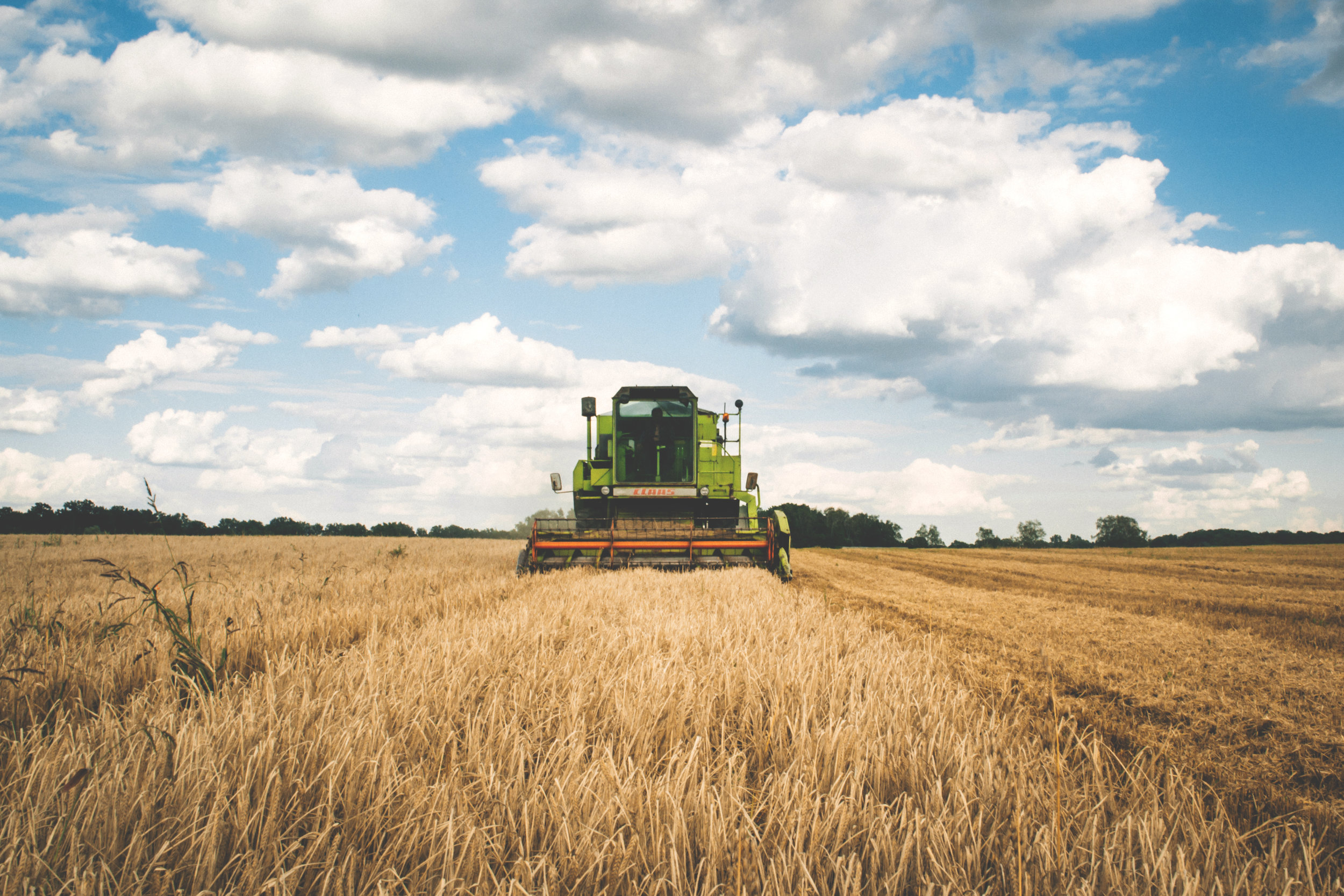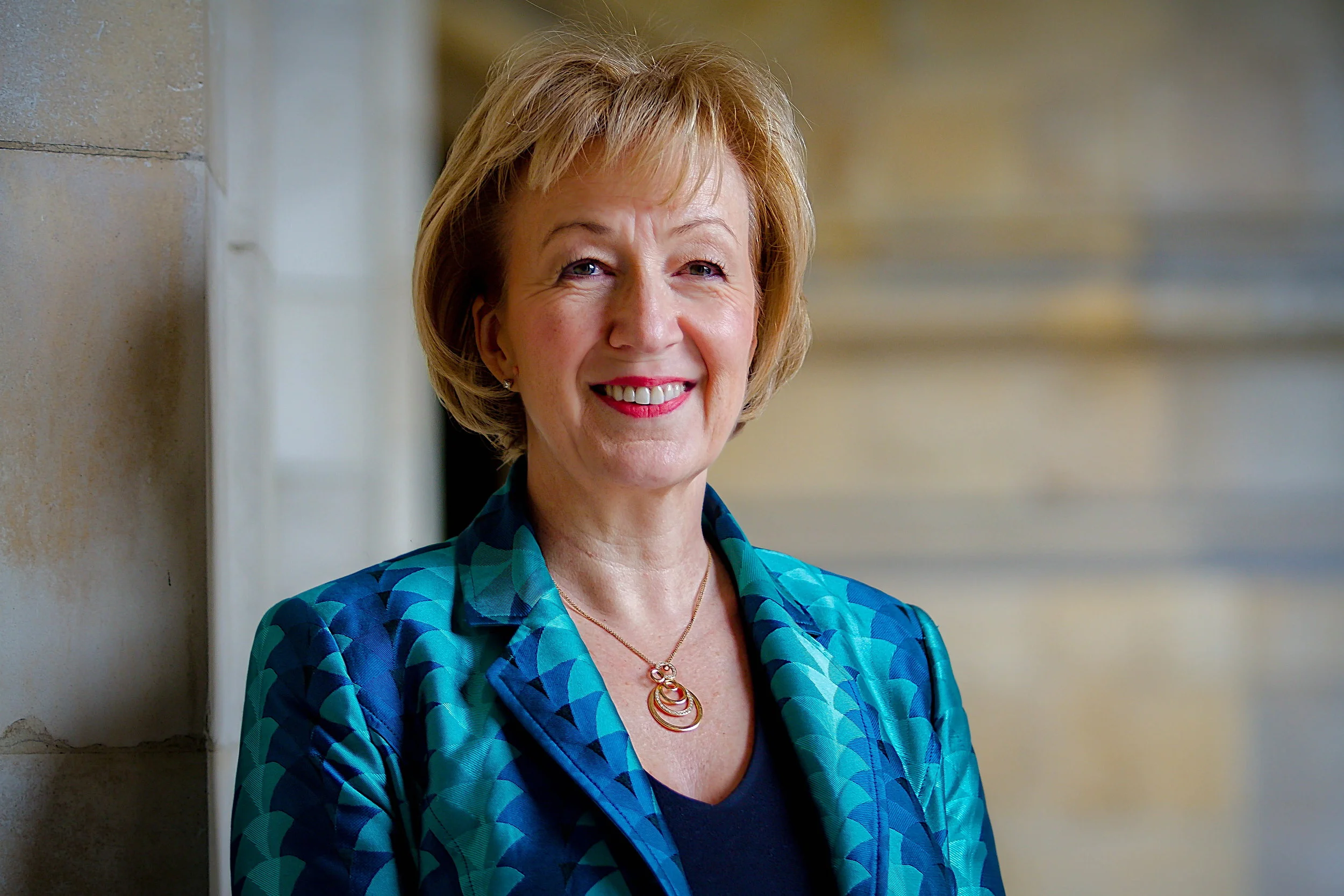State of Nature Speech

Yesterday saw the launch of the State of Nature report, a comprehensive look at the health of the UK’s wildlife which has been compiled by thousands of scientists and wildlife recorders across the country with the support of many of our leading wildlife and environmental organisations.
It was an honour to share a stage with the legendary Sir David Attenborough, who has done so much over so many years to advance our knowledge of the natural world, both here at home and abroad. We all grew up watching his pioneering exposés, and his recent flagship BBC documentaries – including Planet Earth, Life, Blue Planet, Frozen Planet, and many more – have inspired whole new generations to take an interest in the world around them. Millions have watched and learned from his unrivalled enthusiasm and knowledge and passion for our environment, and I was grateful to have the opportunity to thank him personally for all that he does.
As Environment Secretary, I was pleased to set out my clear ambition – and my department’s vision – that we should be the first generation to leave our environment in a better state than we found it.
The report is unambiguous that action to protect our wildlife is now more vital than ever, and its detailed case studies show how we can work together to make a genuine difference.
However, we are making progress. Investment and working in partnership is delivering improvements, with careful management helping to turn around the fortunes of birds like the tree sparrow, cirl bunting and stone curlew.
Farmers have reduced agricultural run-off and other pollution to ensure, for example, that our iconic chalk streams continue to provide their rare and valuable habitats. Much of this has been achieved through support from environmental schemes like Catchment Sensitive Farming.
We must now continue to work with farmers and environmental organisations, learning from their experience and their expertise, to secure further improvements to our habitats and wildlife.
You can read my full speech here.





